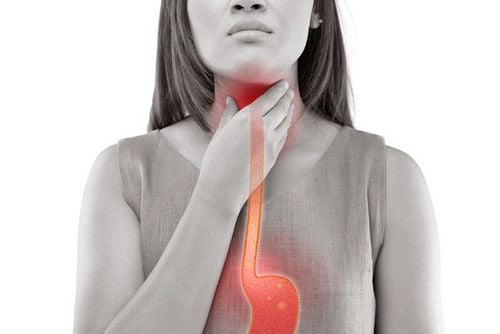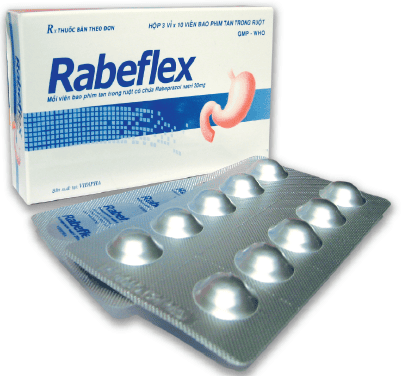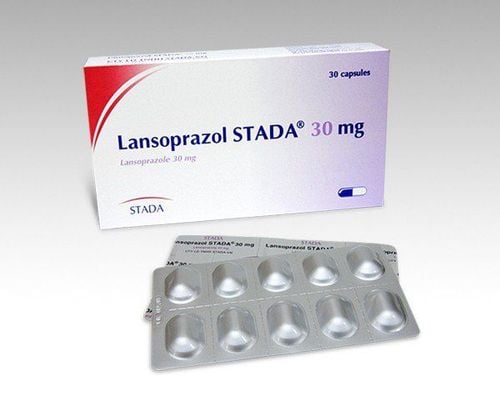This is an automatically translated article.
Article by Master, Doctor Pham Thi Mai Thanh - Department of General Internal Medicine - Vinmec Times City International Hospital
Esophageal papilloma is a rare, benign epithelial tumor, accounting for 0.01-0.45% of upper gastrointestinal endoscopy patients. Histopathologically, the lesion is characterized by a finger-like leaf papillae due to an increased number of squamous cells of the esophagus.
1. Pathogenesis
The pathogenesis of esophageal papillomatosis is unknown, there are 2 hypotheses:
There is much evidence to support the inflammatory mechanism. Approximately 70% of papillomas occur in the lower third of the esophagus and are often associated with reflux syndrome, esophagitis, or mucosal irritation due to gastric tube placement. Many reports have shown an association between papillomas and mechanical dilation of the esophagus. Furthermore, animal studies have shown that papillomas can be caused by irritation of the mucosa with benzopyrene and nitrosamines. There is also ample evidence to support a role for HPV, although data are inconsistent. Studies of Italy and Hungary show that there is HPV in 21-46% of esophageal papillomas, but the data of the US, Finland and Poland, this rate is only 5%. It is possible that the figures differ due to the prevalence of oral HPV infection in different territories. The role of HPV was also confirmed when it was observed that esophageal papillomas were often associated with serotypes 6 and 11 (which are common HPV strains in the oropharynx and genitals) in relation to sexual transmission. sex. HPV is certainly implicated in laryngeal cancer and cervical cancer, but its role in the pathogenesis of esophageal carcinogenesis is unknown. HPV has been detected in esophageal squamous cell carcinoma and in some cases, both squamous cell carcinoma and papilloma. However, there is no direct evidence that HPV causes cancer. A similar virus (bovine papillomavirus) has been implicated in malignancy of esophageal papillomas in cattle.

2. Epidemiology
Papillomas are common in people over the age of 50. Some studies have shown that esophageal papillomas are more common in men than women (male/female ratio ranges from 1.8 to 3.4) while other studies have shown that the prevalence in men and women is as high as: together. Although multiple papillomas can occur in a patient, most commonly a single papilloma.
3. Treatment of esophageal papillomatosis
On endoscopic images, papillomas are usually small in size, pinkish-white, and look like a wart protruding into the lumen of the esophagus, if in doubt, endoscopic biopsies should be performed for histopathological examination to differentiate from other lesions. Other similar lesions include: Early squamous cell carcinoma, papillary leukoplakia. Most papillomas cause no symptoms, but large lesions can make swallowing difficult. Papillaries < 1 cm can be removed with biopsy forceps; lesions larger than 1 cm can be removed by mucosal resection (EMR). Resected papillomas rarely recur.
Please dial HOTLINE for more information or register for an appointment HERE. Download MyVinmec app to make appointments faster and to manage your bookings easily.














